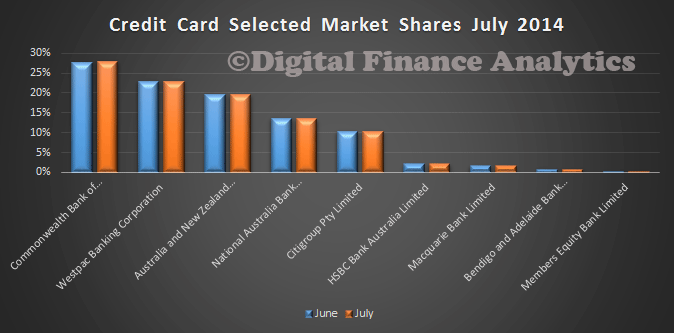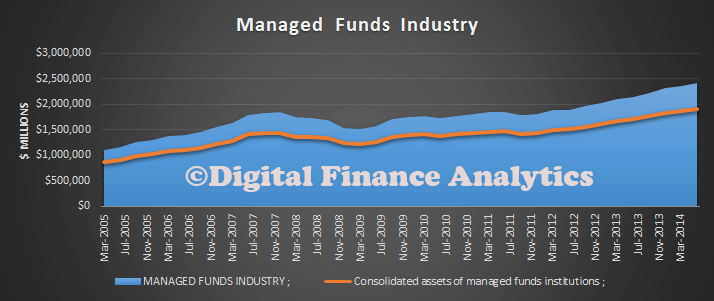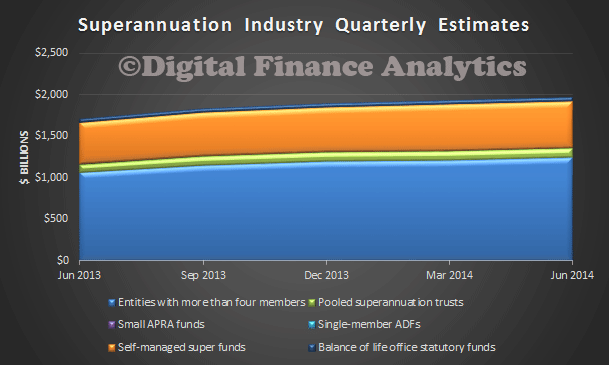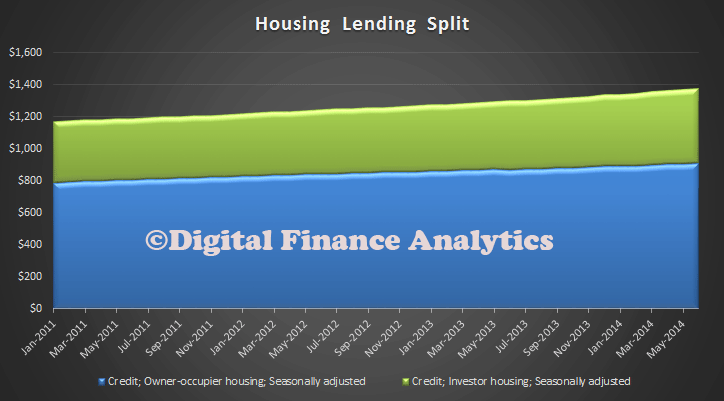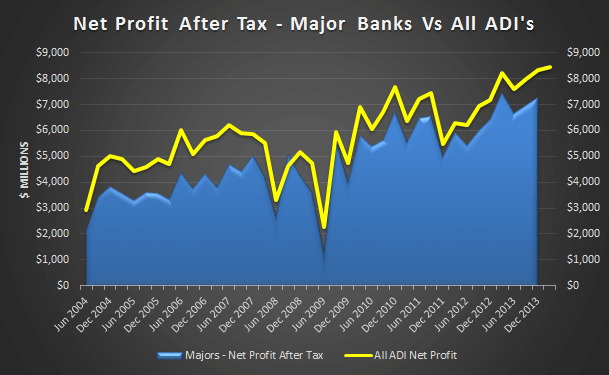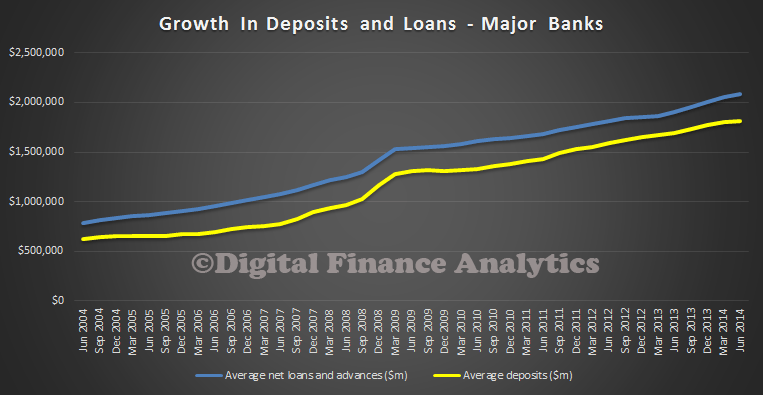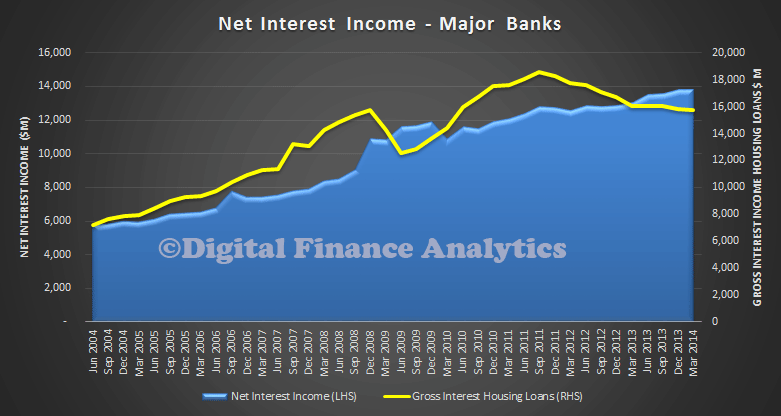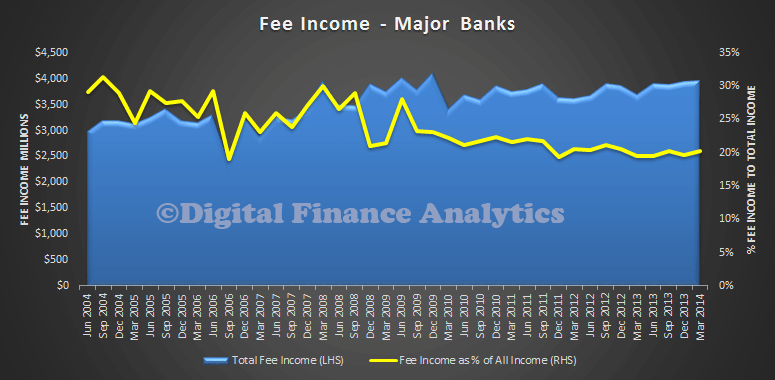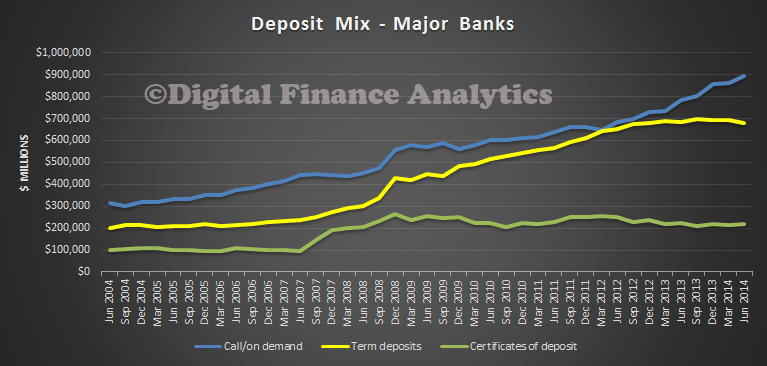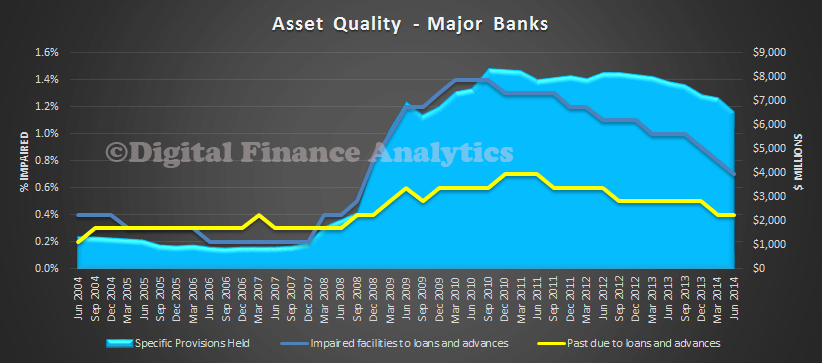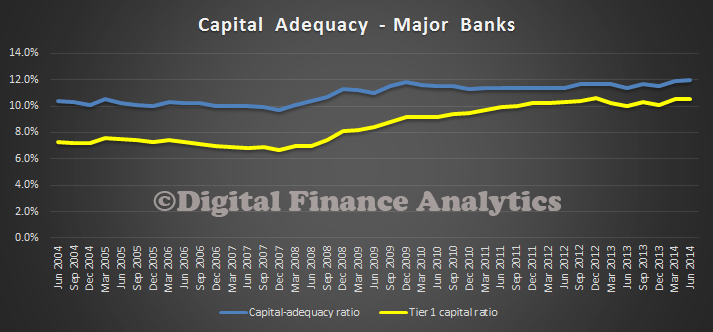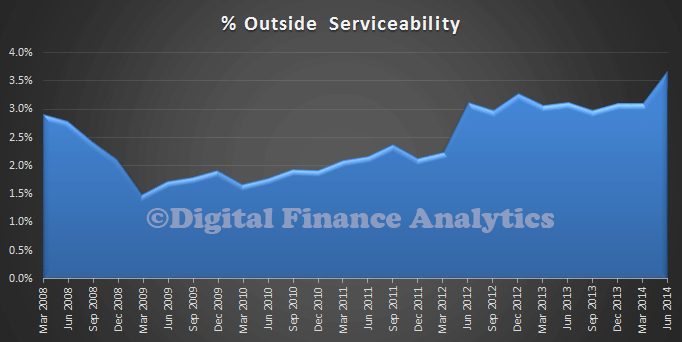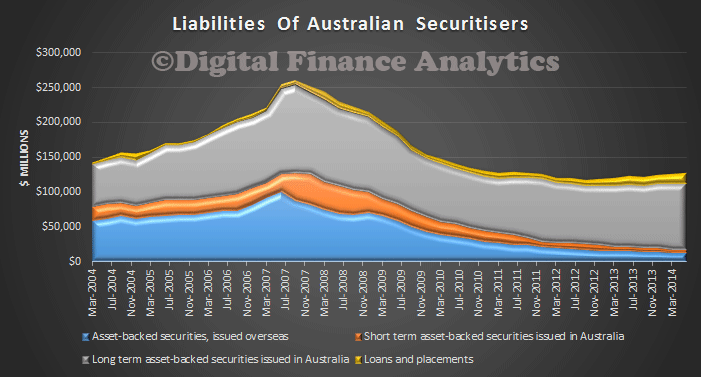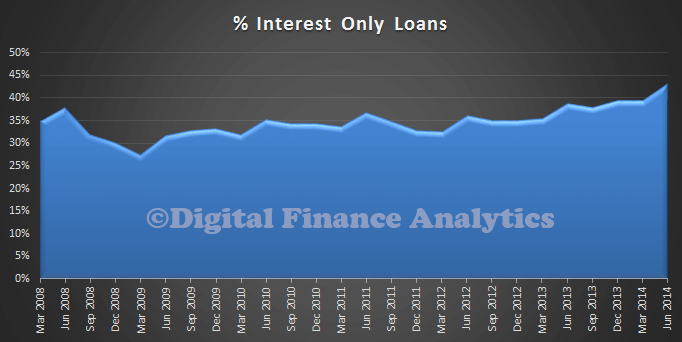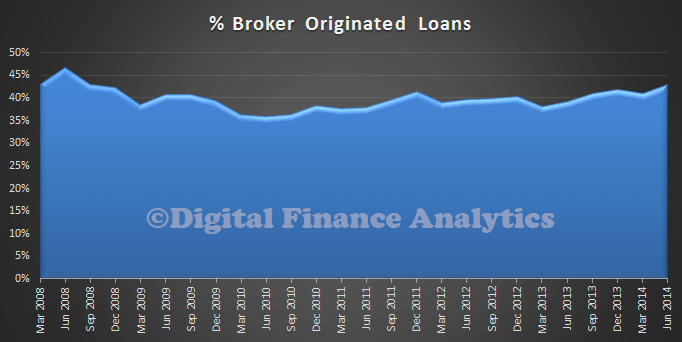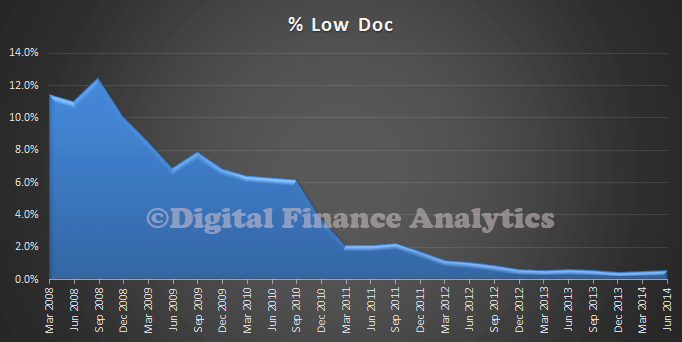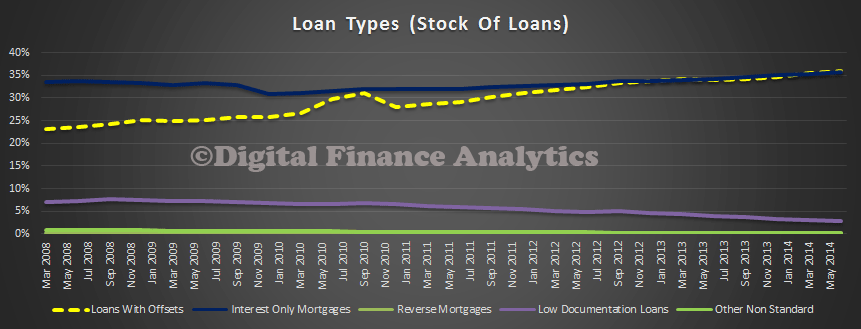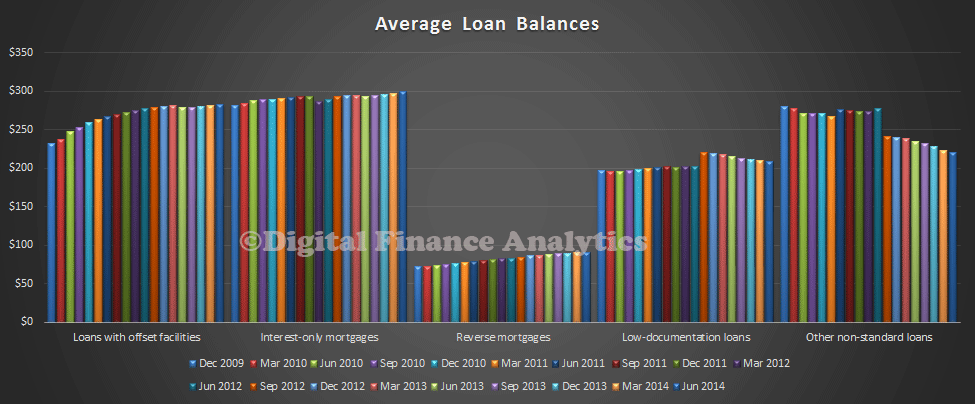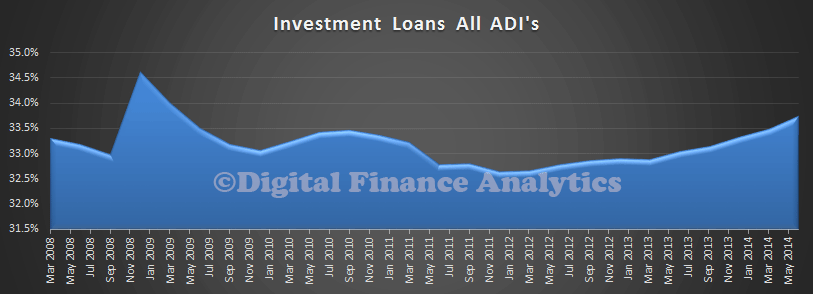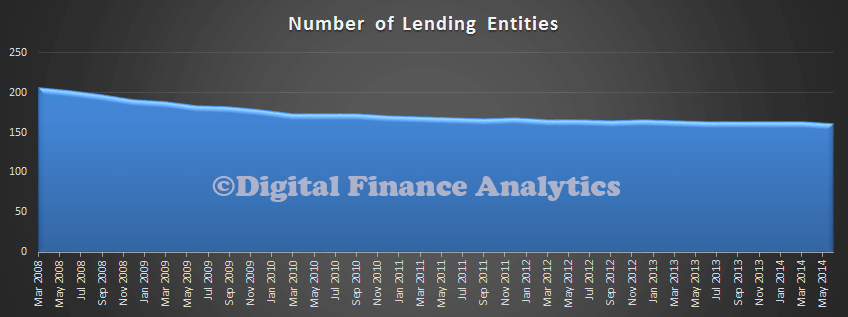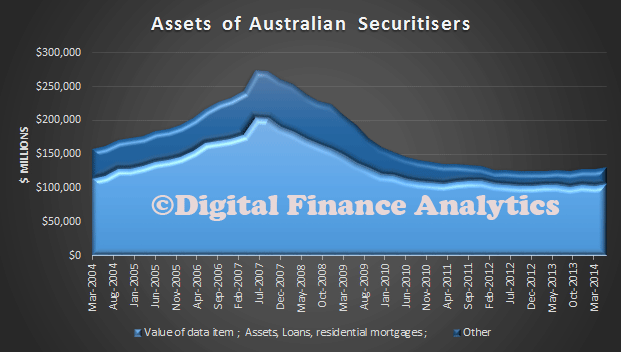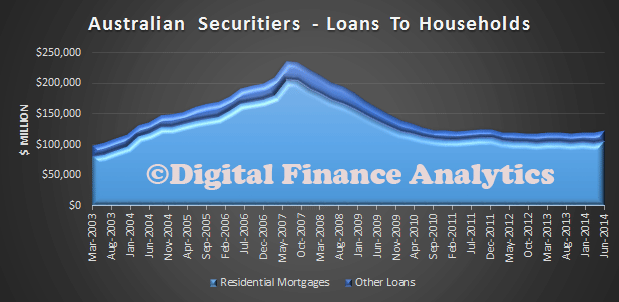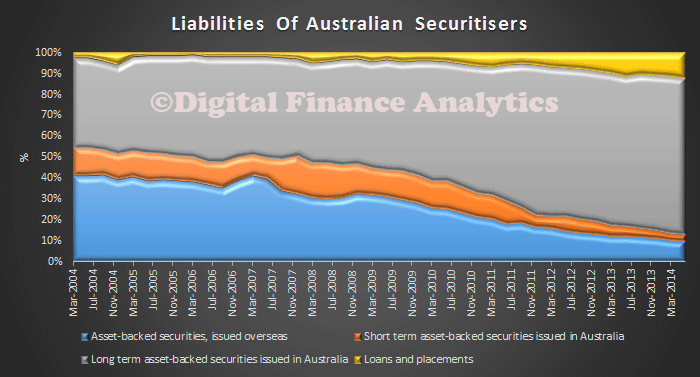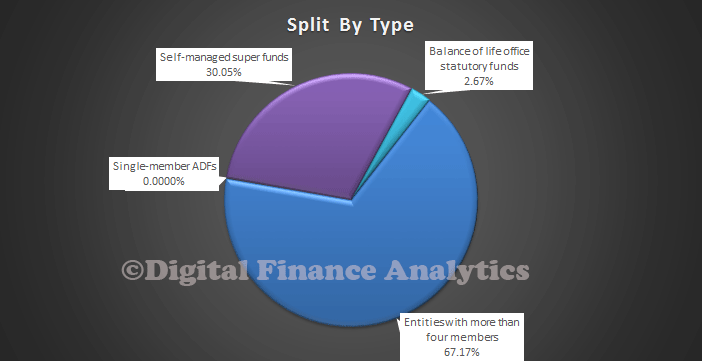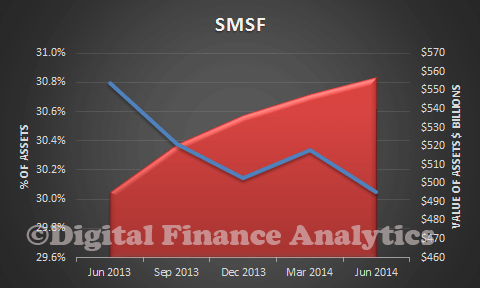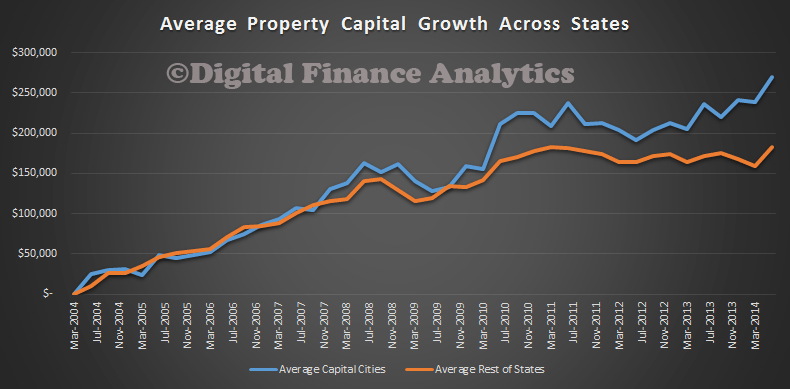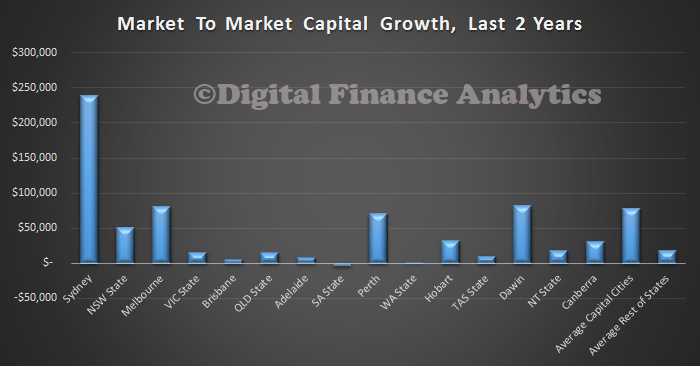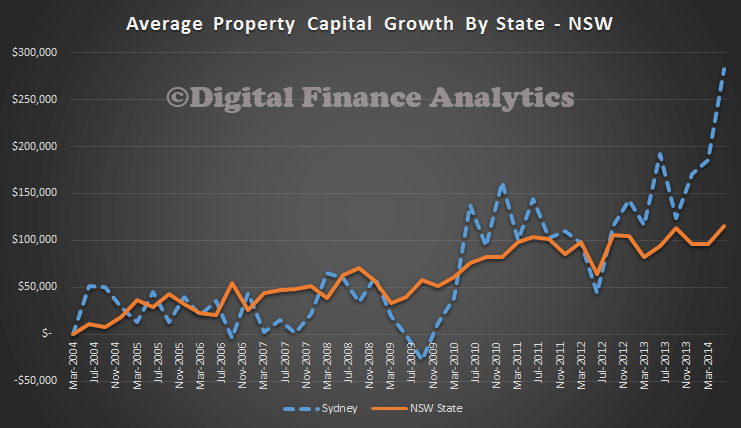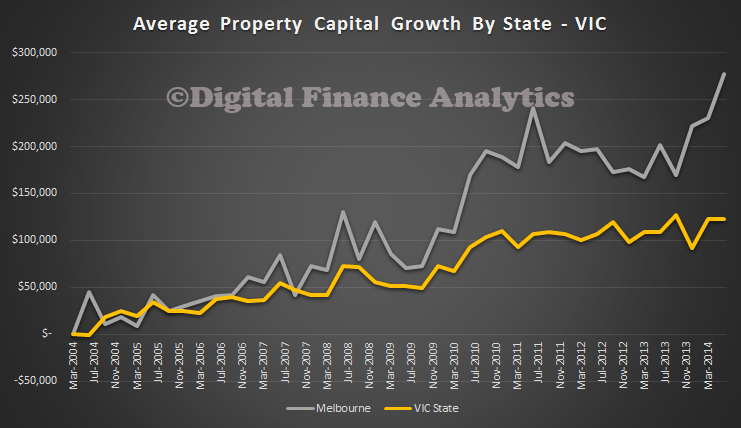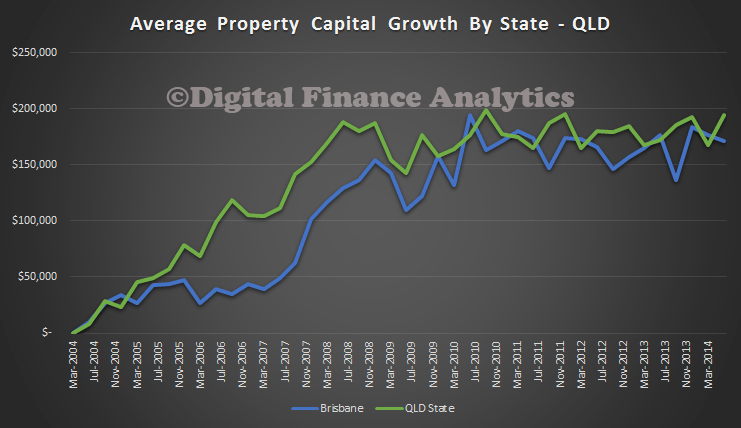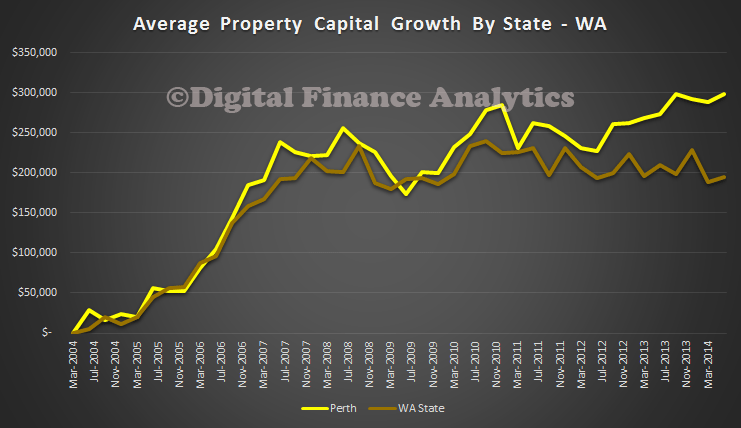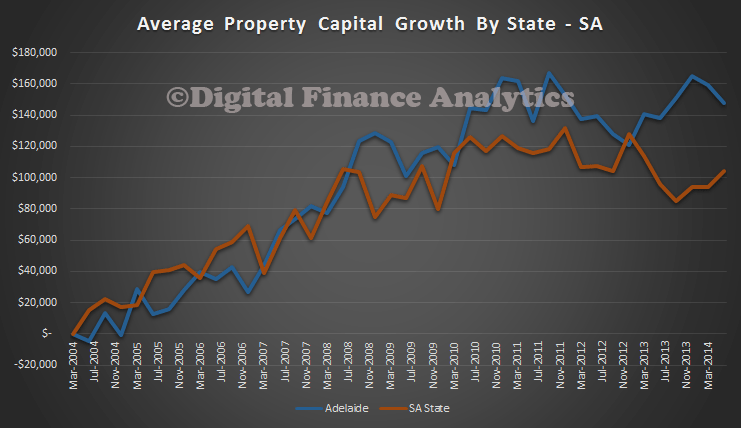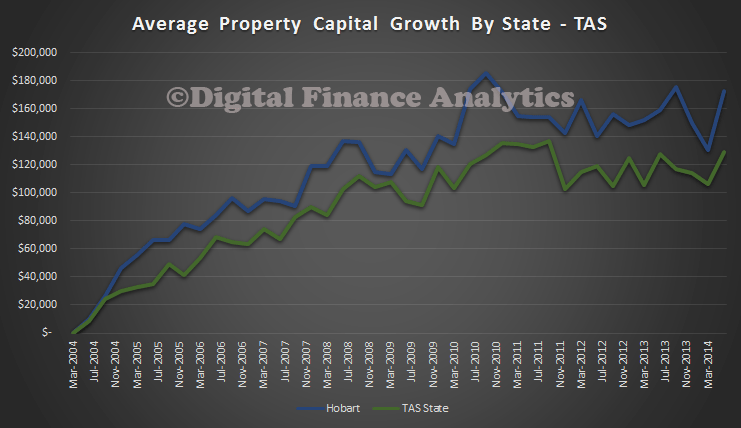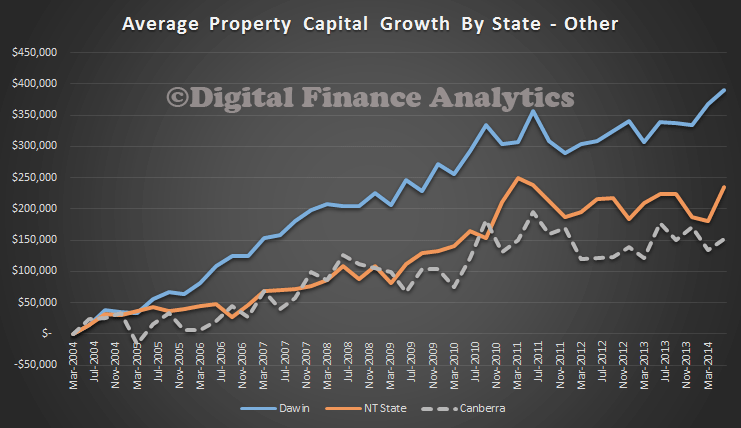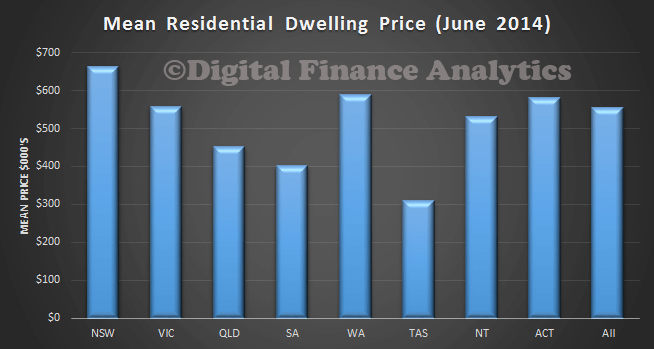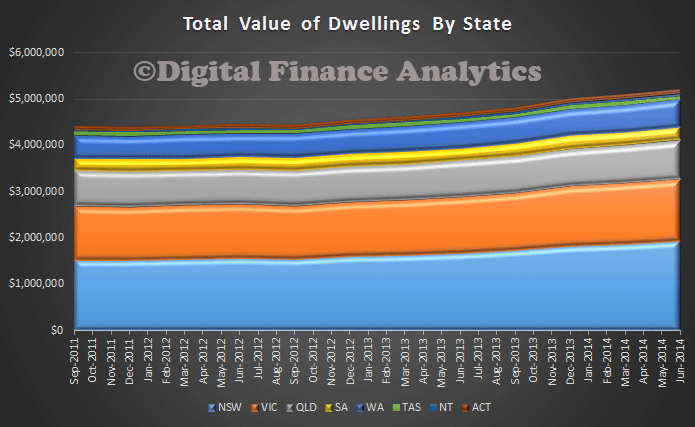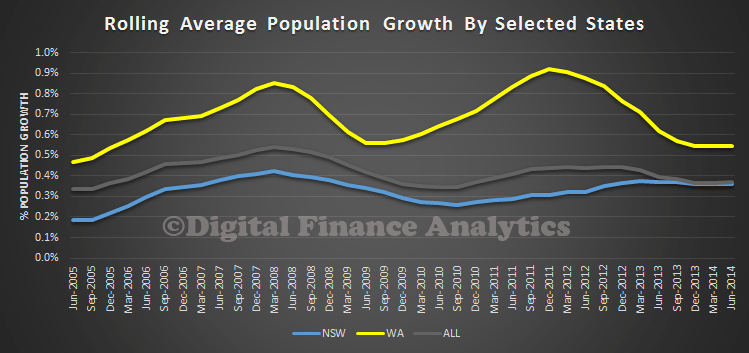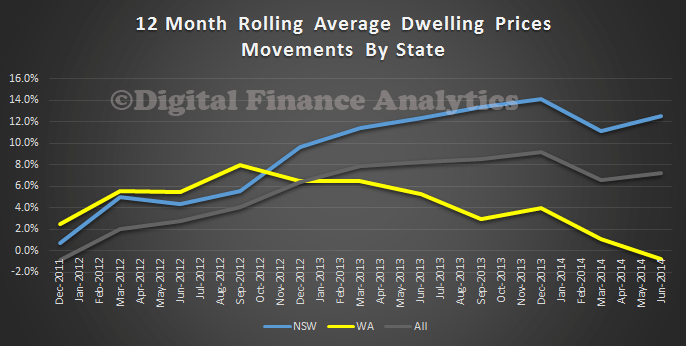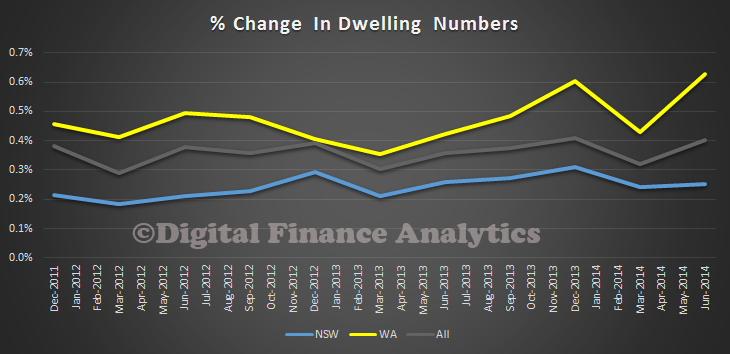Today is a big data day, with the monthly banking statistics from APRA and the financial aggregates from the RBA for July. Total credit grew by 0.4% in July, with Housing lifting by 0.5%, Personal Credit at 0.2% and Business Lending at 0.3%. In the last year, overall credit rose 5.1%, Housing 6.5%, Personal Credit 0.8% and Business 3.4%.
Looking in more detail at home lending, we see that overall lending was up to $1.382 billion, from $1,375 billion in June. Owner Occupied Lending rose by $3.5 billion and Investor Lending rose by 3.6 billion. This equates to an annual rise of 4.8% for Owner Occupied loans and 8.5% for Investment loans.
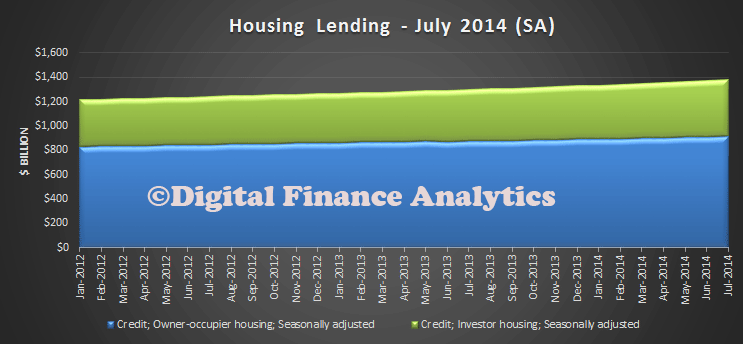 The proportion of Investment loans from ADI’s rose again to 34.9% of all their housing loans, the largest monthly share ever. From an overall market perspective, a little below 34% of all loans written were for investment purposes.
The proportion of Investment loans from ADI’s rose again to 34.9% of all their housing loans, the largest monthly share ever. From an overall market perspective, a little below 34% of all loans written were for investment purposes.
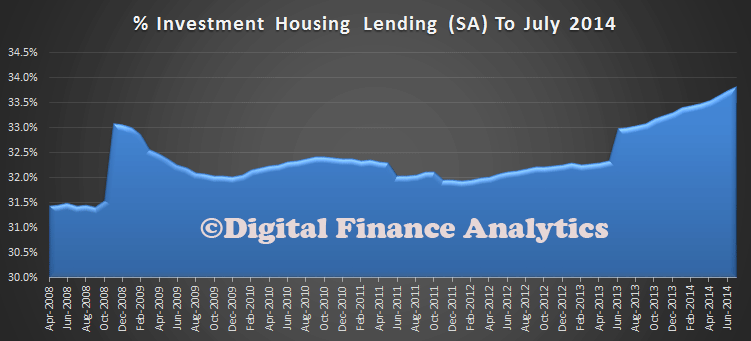 The relative growth in Owner Occupied versus Investment loans is quite stark. Also of note is that growth in both types of loan appears to be slowing recently.
The relative growth in Owner Occupied versus Investment loans is quite stark. Also of note is that growth in both types of loan appears to be slowing recently.
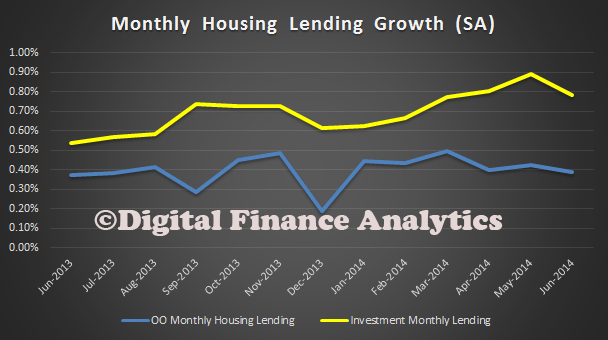 Turning to the banking statistics from APRA, total home lending from the banks was $1,273 billion (the gap between this and the RBA numbers of $109 billion is the non-bank sector). CBA continues to lead the pack on Owner Occupied loans, whilst Westpac leads on Investment loans.
Turning to the banking statistics from APRA, total home lending from the banks was $1,273 billion (the gap between this and the RBA numbers of $109 billion is the non-bank sector). CBA continues to lead the pack on Owner Occupied loans, whilst Westpac leads on Investment loans.
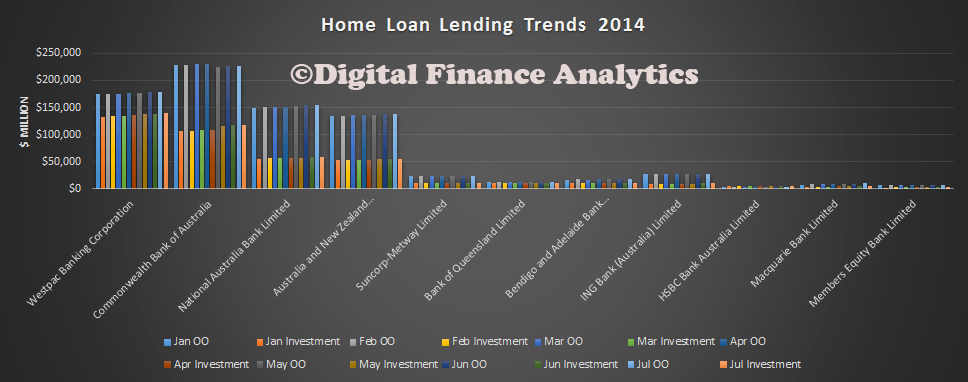 Looking at the share figures, of the main players, CBA and Westpac have the largest footprints and between them have more than half the market.
Looking at the share figures, of the main players, CBA and Westpac have the largest footprints and between them have more than half the market.
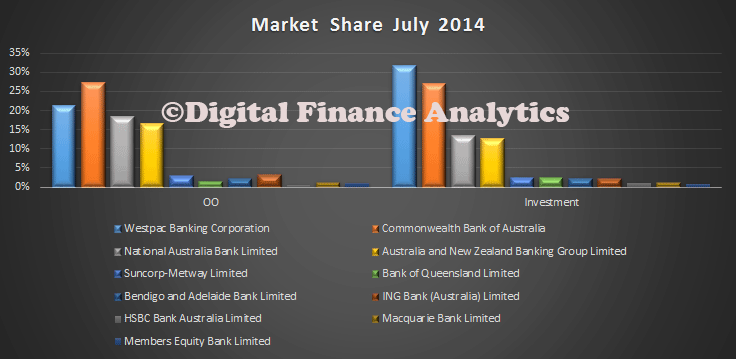 Portfolio movements highlights significant Investment Loan grow at Westpac, and both types of loan at CBA. Away from the majors, Macquarie and Member Equity Bank grew faster than the other regional players.
Portfolio movements highlights significant Investment Loan grow at Westpac, and both types of loan at CBA. Away from the majors, Macquarie and Member Equity Bank grew faster than the other regional players.
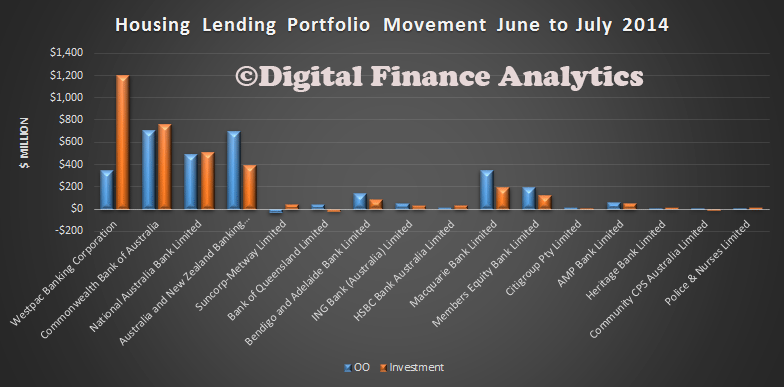 Turning to deposits, the total with banks rose to $1,736 billion, up 1.2% in the month. Westpac, nab and ANZ lifted the value of deposits more than Westpac in July.
Turning to deposits, the total with banks rose to $1,736 billion, up 1.2% in the month. Westpac, nab and ANZ lifted the value of deposits more than Westpac in July.
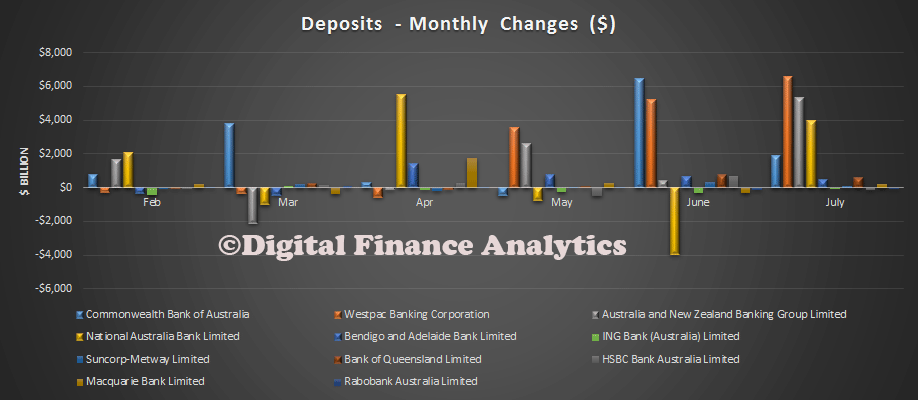 Finally, in the cards portfolios, the overall value fell by $270 million in July to $40.3 billion. In terms of the portfolio, CBA continues to hold the largest share by value, with Westpac and ANZ following.
Finally, in the cards portfolios, the overall value fell by $270 million in July to $40.3 billion. In terms of the portfolio, CBA continues to hold the largest share by value, with Westpac and ANZ following.

